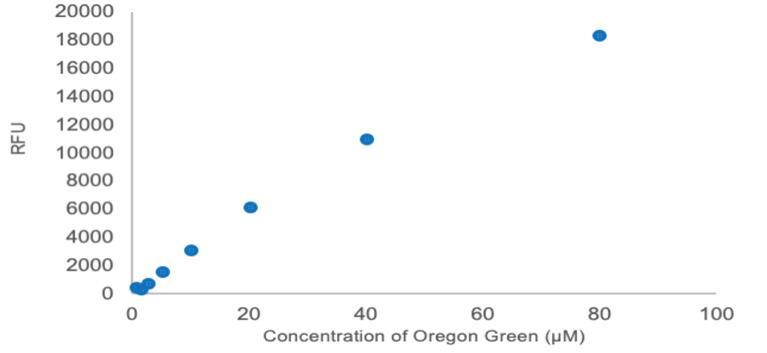
1 minute read
Maternal Subpopulation Variances In Vaginal And Cesarean Section Delivery Methods Predicts Excess Infant Mortality Of Blacks
In United States: Linked Birth/Infant Death Records, 2007-2016
Leah O’Neill
Faculty Sponsor: Dr. Denise Tombolato-Terzic, Department of Molecular Biology and Chemistry
Abstract
Background: Racial disparities have been observed in infant mortality (IM) but the risk factors are not fully understood. Available literature identified risk factors of both the mother (such as education, income, social stress and racial discrimination) and infant (such as birth weight and sex). Specifically, Black/African Americans (B/AA) are 3 times more likely to die compared to whites. To improve intervention mapping in reduced the excess IM experienced by B/AA, studies should focus on the effects of maternal factors and labor/delivery procedures. Objectives: The current study aimed to assess the exposure function of labor and delivery procedures as potential explanations for excess Black/AA IM relative to white IM in the United States. Methods: Data was collected from the United States Linked Birth/Infant Death records, 2007-2016. A cross-sectional ecological design was used to determine the dependence of labor and delivery methods with infant mortality, factors associated with infant mortality, and the period of prevalence. Analysis on chi-squared statistic, incidence rate ratio and period percent change was computed using STATA 14.0. Results: Of the 40,445,070 births, the cumulative mortality was 249,135 (1.16 per 1000). Racial differences were observed highest among B/AA (11.41 per 1000) and intermediate among whites (5.19 per 1000). The cumulative incidence rate difference comparing vaginal deliveries to cesarean deliveries was 1.74 per 1000. Compared to c-section, there was a 31% decreased risk of infant mortality among mothers with vaginal delivery, rate ratio (RR) = 0.69, 95% CI 0.64-0.74. Black/AA mothers with vaginal delivery had a 6% decreased risk of IM compared to C-section, RR = 0.94, 95%CI 0.92-0.95, while whites with vaginal delivery had a 38% decrease risk of IM relative to C-section, RR= 0.68, 95%CI 0.67-0.69, p<0.001. Conclusion: IM varied by race, which is explained in part by labor and delivery procedures, suggesting reliable intrapartum assessment of Black/AA mothers during labor. Overall, the findings from this research would further support the racial disparities that exist between labor and delivery methods and infant mortality outcomes.
Leah O’Neill recently graduated from Christopher Newport University with a Bachelor of Science in Cellular, Molecular and Physiological Biology and a Minor in Leadership Studies; she was involved in CNU’s Presidential Leadership Program, Pre-Medical Scholars Program, and Alpha Chi Sigma. Her research on the effect of vaginal and cesareansection deliveries on infant mortality rates between Black and White women within the United States was a result of her work during her 2019 summer internship with Nemours Children’s Hospital in Wilmington, Delaware. Leah O’Neill was accepted into the 2020 Graduate Program of Biological Sciences at the University of Delaware and will be furthering her education with the field of Molecular Biology and Genetics.








